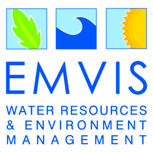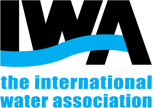The Organization for the Development of Crete S.A. (OAK S.A.) is partnering with SPACE-O to ensure that the products and services, such as early warning and short term forecasting, are user friendly and assist water managers to overcome daily operational challenges. Aposelemis reservoir, operated by OAK S.A. in southern Greece, on the island of Crete, serves as a source for drinking water for the towns of Heraklion, Hersonisos and Agios Nikolaos, as well as local communities in the greater area, adding up to a combined population of 300,000 inhabitants. The total annual abstraction for drinking water purposes is estimated at 17 million m3. Forecasted information will be essential for OAK S.A. to plan drinking water processing operations during dry periods, and will help optimize processing operations for future water quality problems such as pesticide and fertiliser run-off.
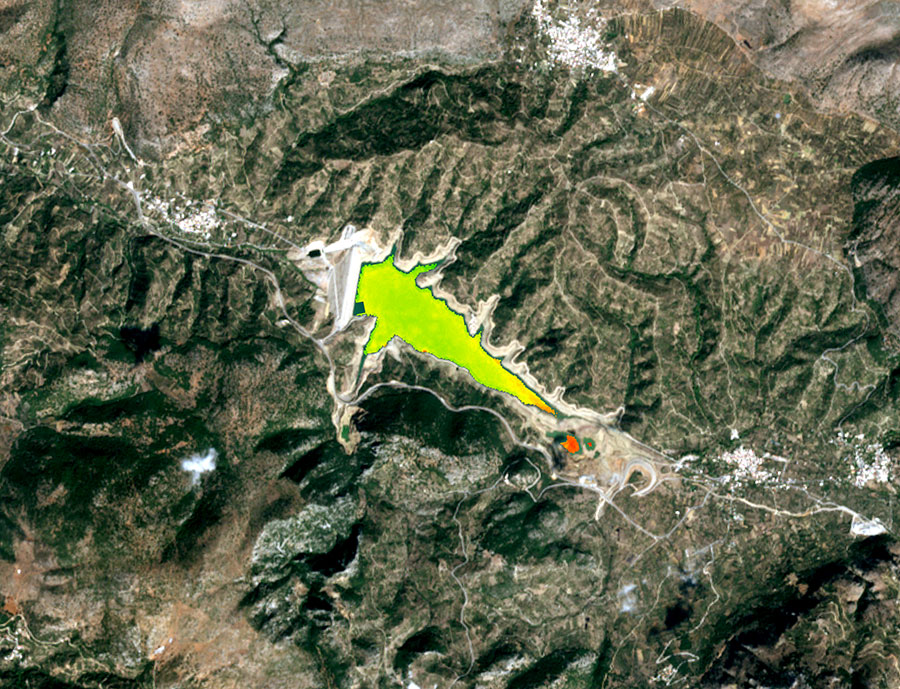
General facts about the case study site:
- OAK S.A. carries out dam operations and maintenance at the Aposelemis Dam & reservoir
- Aposelemis Dam is a 62 m high dam creating an artificial reservoir with a capacity of 27 million m3 and has a surface area of 2 km2
- The reservoir supplies drinking water to 300.000 people in Heraklion, Hersonisos and Agios Nikolaos, as well as the surrounding communities
- Water is treated at the Aposelemis WTP (110.600 m3/d maximum capacity), includes pre-ozonation, coagulation – flocculation sedimentation, sand filtration, chlorination and clean water storage.
Getting to know end-user needs – End-user consultation process and meeting OAK S.A.[1]
OAK S.A. in Heraklion, Crete (Greece) is responsible for studying, planning, constructing and managing the hydraulic infrastructure (Dams, reservoirs, etc.) and water supply and irrigation networks of Crete –amongst other duties.
OAK S.A. – Watershed management
OAK S.A. functions as a public sector utility organization supervised by the Ministry of Infrastructure and Transport. It currently manages the reservoir (Aposelemis dam) and treatment plant for the supply of three cities. About 15 million m3 of water has been supplied since 17 Sept 2015 to 300.000 citizens and tourists. To improve supply, the system will incorporate the Lasithi Plateau Tunnel to bring water from a flood plateau upstream to the dam in order to increase water availability and control floods (this will be finished in 2018).
Main challenges for OAK S.A.
There are three catchments which naturally connect and contribute to the Aposelemis reservoir. The area comprises protected sites, which limits the types of land use and therefore limits potential polluting activities (See figure 2 below). The rest of the area has olive oil production and agricultural activities which is more intensive in the Lasithi plateau, which could become a challenge in the future for the reservoir due to the use of pesticides and fertilizers. The Lasithi Plateau Tunnel will bring water from a flood plateau upstream to the dam in order to increase water availability and control floods (expected by 2018).
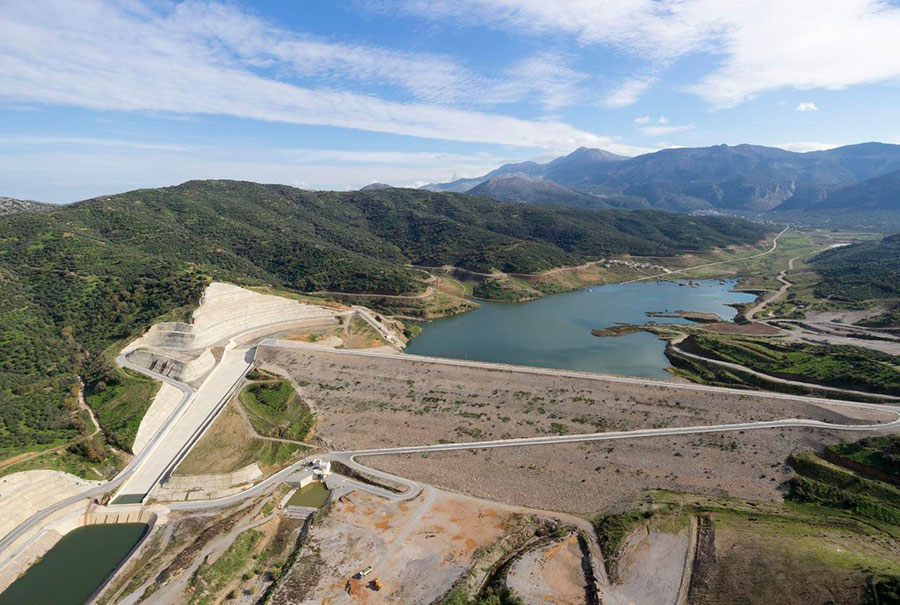
At the moment, water quality in the reservoir is high and so upstream watershed challenges do not produce a great impact on the quality and quantity of the resource. Nitrogen levels are currently very low, but following completion of the Lasithi Plateau tunnel, the utility expects that nutrients (eutrophication) will increase and for this reason, considers that chlorophyll and dissolved oxygen are key parameters. Overall, information about the catchment is considered important and useful as the utility is responsible for informing environmental activities/challenges to other authorities as well as to citizens.
OAK S.A. – Monitoring and data management
The Aposelemis Dam has created a man-made lake, the Aposelemis Lake (reservoir) (See figure 3 below). OAK carries out dam operations and maintenance of the dam and reservoir, as well as manages water treatment operations. The Aposelemis Lake is an important point of water monitoring in order to optimise the quality of the water before treatment and consequently improve the efficiency of treatment processes.
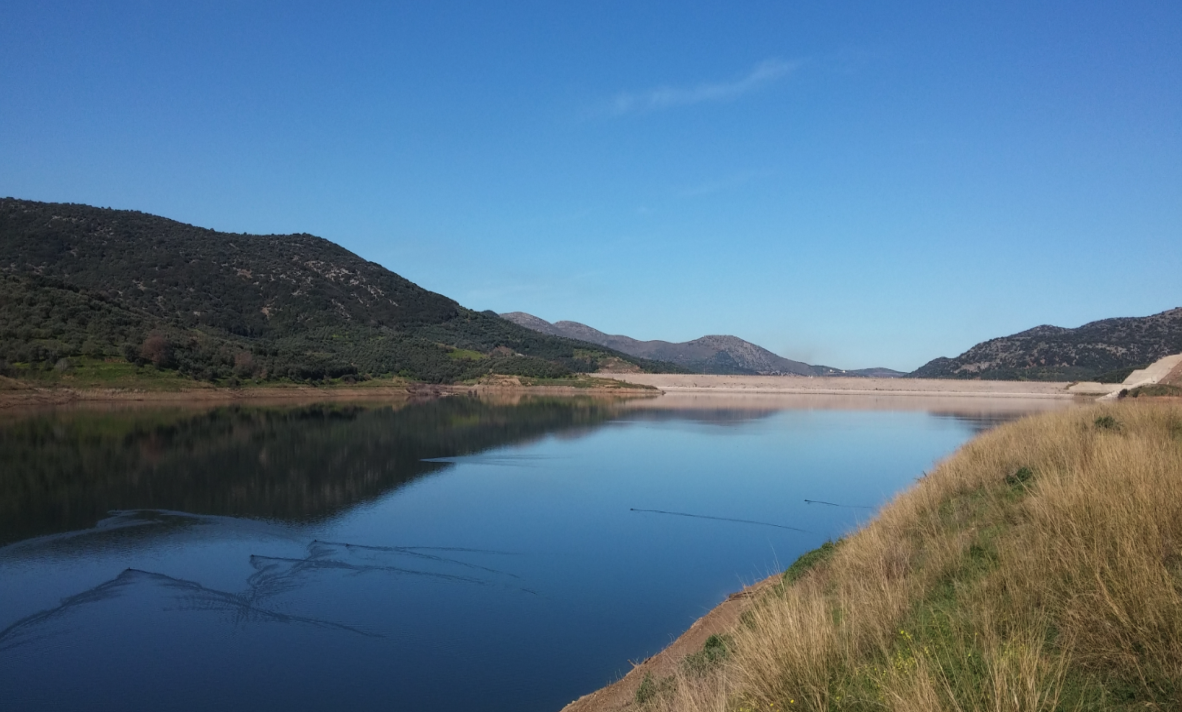
Information is collected on a daily basis and analysis includes physical-chemical and microbiological parameters taken from 6 to10 sampling points in the reservoir and water treatment plant. Treated water samples are sent for analysis to the Aposelemis WTP analytical laboratory and to external accredited laboratories with excellent results. Consequently, the Municipal Water and Sewage Companies of Heraklion, Hersonisos & Agios Nikolaos have been supplied with more than 15.000.000 m3 of treated water of high quality since the WTP started operating. The quality of the Aposelemis treated water is also monitored throughout the entire pipeline system, which is over 70 km.
The concerns in reservoir management for OAK S.A. include water scarcity. However, the new Lasithi Plateau Tunnel being built will mitigate this problem, as water will come from another town upstream that is currently experiencing frequent floods. As previously mentioned, there are also concerns about the use of pesticides and fertilisers and their impact on water quality, since the new source of water will come from a rural area where intensive agriculture is practiced.
Water treatment operations
In general, the intake at the Aposelemis WTP has low turbidity and is of exceptional clarity. The toxic organic substances (pesticides, toxic substances of industrial origin) are below the detection limits of the analytical methods, suggesting practical absence. Most of the Heavy Metals are less than the detection limit of the analytical methods. The treated water for human consumption (potable water) is a high quality water and fully consistent with the limits of the legislation in terms of both the physical-chemical and microbiological characteristics. All indicators taken from Treated Water Tanks of WTP (Total Coliforms, Escherichia Coli, Clostridium perfringens) are zero, indicating excellent disinfecting ability. Although its origin is a surface source, the potable water produced at the output of the WTP is of excellent quality, as good as or better than popular commercial bottled waters.
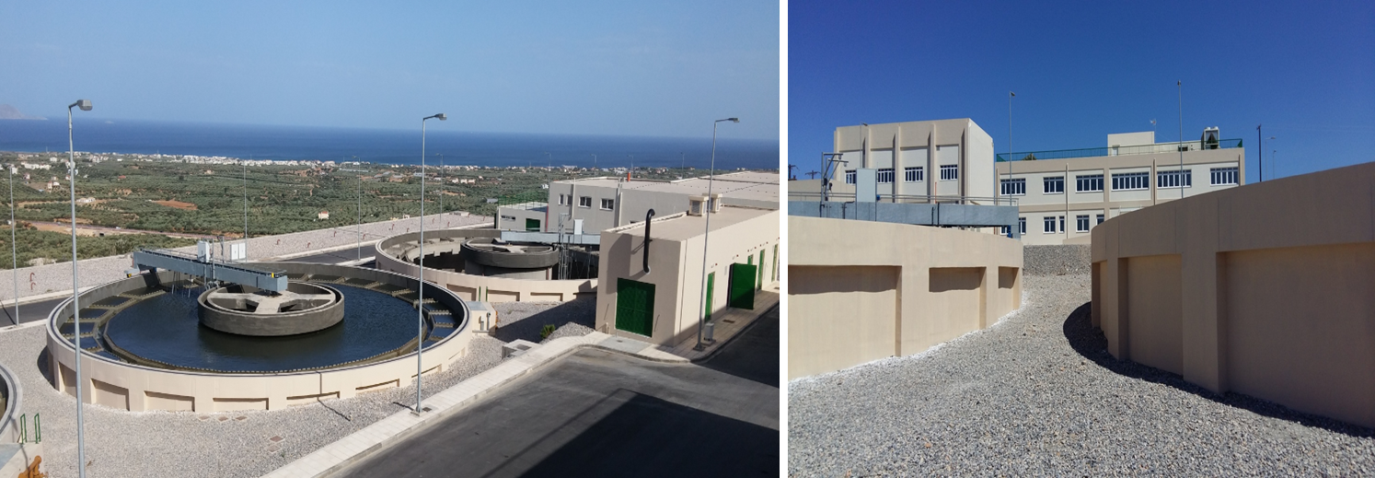
[1] Information in this section includes the outcomes of the consultation process carried-out by SPACE-O Partners that included a workshop with OAK S.A. staff, held in Heraklion, Crete, in March 21 and 22, 2017. It involved 19 participants with technical and managerial roles at this utility. The objective of this consultation was to understand the needs and expectations of the end users and ensure their requirements are integrated into the SPACE-O service line from an early stage.

